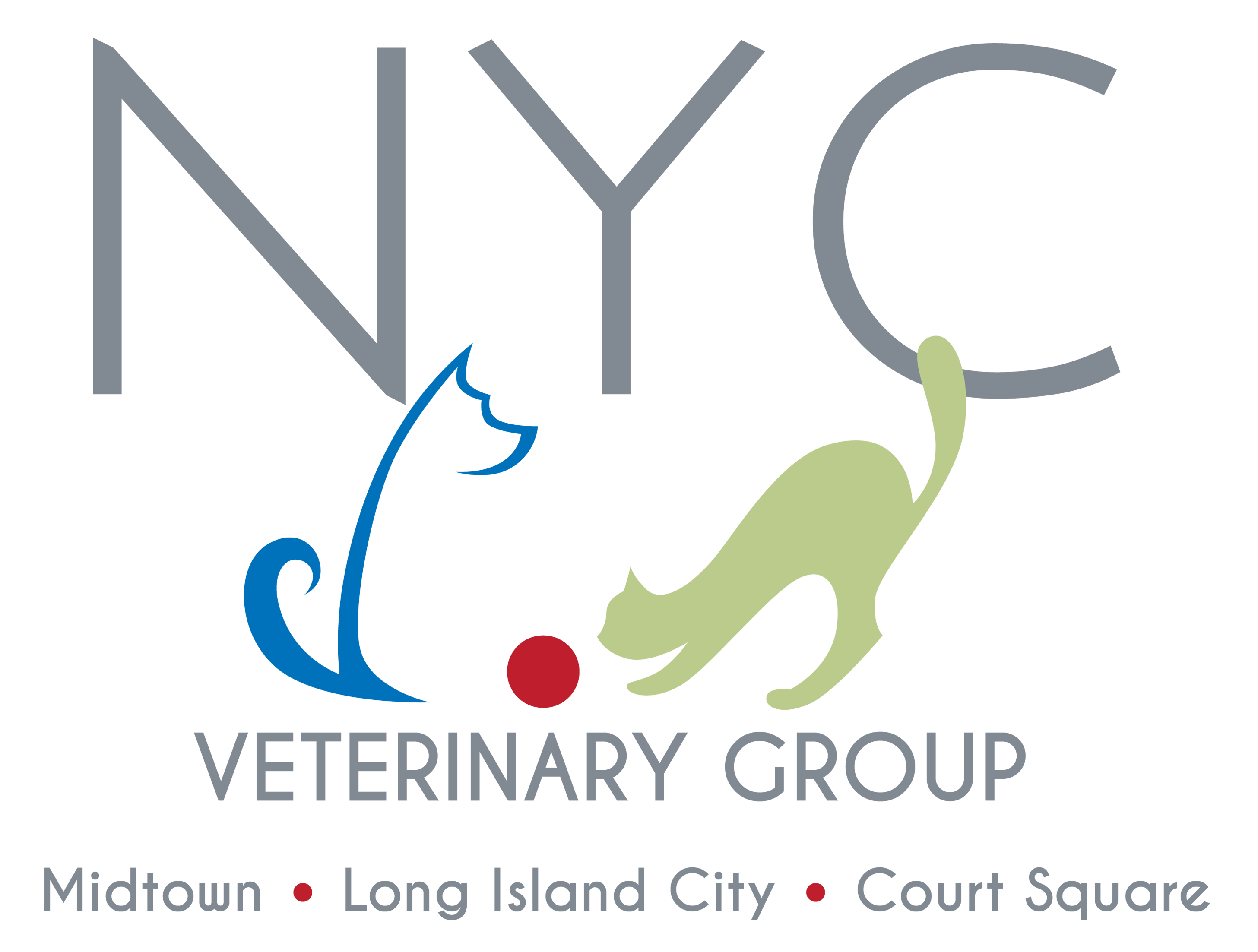Clostridial Overgrowth and Enterotoxicosis in Dogs
What is clostridial enterotoxicosis in dogs?
 Clostridial enterotoxicosis is a complex and poorly understood syndrome characterized by diarrhea. It is associated with the bacteria Clostridium perfringens (CP). "Clostridial" refers to the Clostridium bacteria, "entero" refers to the intestines, and "toxicosis" means a condition caused by a toxin or a poison.
Clostridial enterotoxicosis is a complex and poorly understood syndrome characterized by diarrhea. It is associated with the bacteria Clostridium perfringens (CP). "Clostridial" refers to the Clostridium bacteria, "entero" refers to the intestines, and "toxicosis" means a condition caused by a toxin or a poison.
It is suspected that up to 34% of diarrhea cases in dogs are CP-related. Clostridial enterotoxicosis may occur in dogs of any age, sex or breed.
What are the clinical signs associated with clostridial enterotoxicosis?
Clostridial enterotoxicosis is associated with acute (sudden) diarrhea that is typically self-limiting, lasting for 5–7 days, or chronic (long-term), intermittent diarrhea.
Acute clostridial enterotoxicosis typically causes sudden, bloody stomach and intestinal inflammation called acute hemorrhagic gastroenteritis. The most common signs are large bowel diarrhea with mucus, small amounts of fresh blood, small amounts of stool, and straining to defecate. Dogs with this condition feel a sense of urgency and attempt to defecate frequently. Some dogs may show signs of small-bowel diarrhea, which is characterized by large volumes of watery stool.
What causes clostridial enterotoxicosis?
Clostridial enterotoxicosis is not caused by the bacteria directly, but rather by a toxin produced by the bacteria. Only certain strains of CP can produce the intestinal toxin that causes illness, and only certain dogs are clinically affected. It is unknown if the toxin-producing strain of CP is a true infection or if the bacteria are normally in the dog’s intestinal tract and certain conditions lead to production of the toxin that causes disease (e.g., stress or dietary indiscretion).
In either case, clostridial enterotoxicosis is often associated with an excessive number of CP bacteria in the small intestine (bacterial overgrowth). The ability of CP to cause disease may also depend on the health of the gastrointestinal tract.
How is clostridial enterotoxicosis treated?
Most cases of intestinal bacterial overgrowth are treated on an outpatient basis, although the dog may require hospitalization for intravenous fluid therapy if vomiting and diarrhea are severe.
Nutrition plays a role in the treatment and management of pets with chronic, recurring clostridial enterotoxicosis. High-fiber diets often improve clinical signs by lowering the intestinal pH (acidifying the environment) and limiting the production of CP spores and toxins. Psyllium is a source of soluble fiber that may be used to enhance the fiber-related effects of commercially available high-fiber diets. Another appropriate nutritional option may be a prebiotic diet that contains fermentable substances (e.g., fructooligosaccharides) that can influence the make-up of the bacteria in the intestinal tract.
Acute, self-limiting clostridial enterotoxicosis may require antibiotic treatment for 5–7 days with drugs such as amoxicillin-clavulanate, metronidazole, ampicillin, and tylosin.
What follow-up is best for dogs with clostridial enterotoxicosis?
Most dogs respond well to long-term management if it is needed. If clostridial infection is associated with environmental contamination, then disinfecting the environment is difficult. Feeding high-fiber diets may decrease the incidence of diarrhea. If treatment of suspected clostridial enterotoxicosis fails, it suggests the presence of other disease conditions and additional diagnostic evaluations are needed.
© Copyright 2025 LifeLearn Inc. Used and/or modified with permission under license. This content written by LifeLearn Animal Health (LifeLearn Inc.) is licensed to this practice for the personal use of our clients. Any copying, printing or further distribution is prohibited without the express written consent of LifeLearn. This content does not contain all available information for any referenced medications and has not been reviewed by the FDA Center for Veterinary Medicine, or Health Canada Veterinary Drugs Directorate. This content may help answer commonly asked questions, but is not a substitute for medical advice, or a proper consultation and/or clinical examination of your pet by a veterinarian. Please contact your veterinarian if you have any questions or concerns about your pet’s health. Last updated on Mar 28, 2025.




